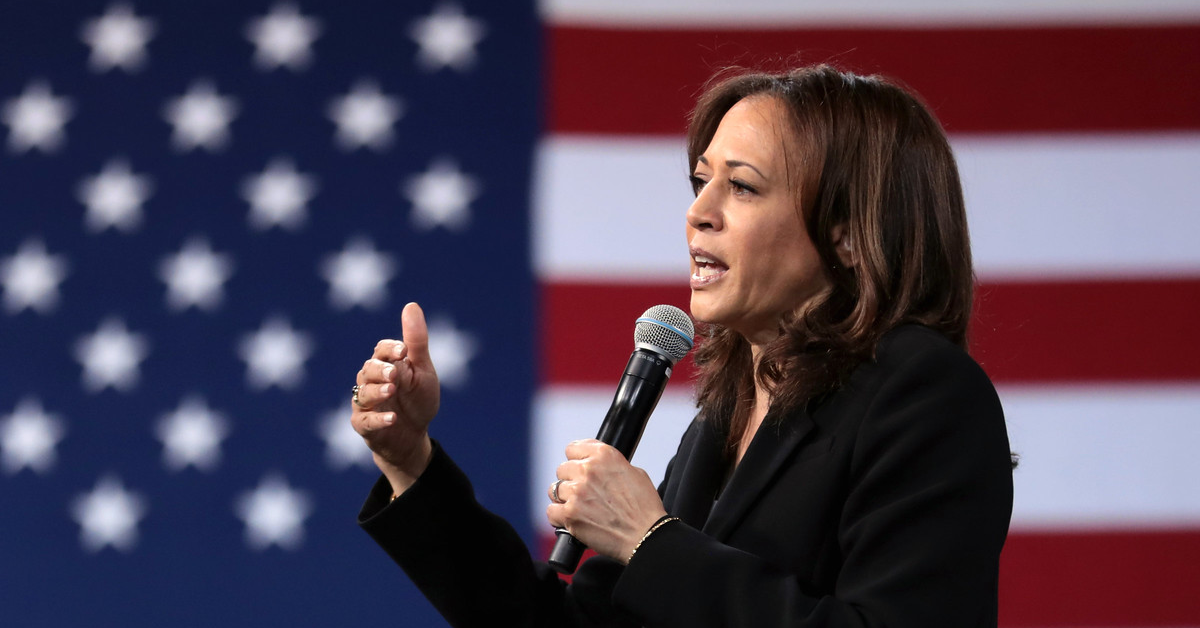Wealthier Americans are driving retail spending and powering the U.S. economy by maintaining robust spending at retail stores and restaurants, despite being impacted by high prices.
The latest data comes from research conducted by the Federal Reserve.
The big picture: Wealthier consumers, bolstered by substantial gains in income, home equity, and stock market wealth, have been the primary driving force behind retail spending, marking a shift from the pre-pandemic period.
- Conversely, lower-income consumers have struggled with higher-priced essentials like rent and groceries, limiting their discretionary spending capacity.
- The disparity between wealthier and lower-income consumers has contributed to a gap between gloomy consumer sentiment and the actual strength of the U.S. economy.
- The Federal Reserve’s decision to keep interest rates high has had a limited impact on curbing consumer spending, which continued to rise at a significant pace.
Go deeper: Retail sales in the U.S. evidenced a solid 0.4% increase from August to September, with restaurant sales particularly noteworthy, indicating consumer confidence in the economy’s strength.
- The economy was estimated to have grown at a strong 3.4% rate in the July-September quarter, further underscoring the influence of wealthier households on overall economic performance.
- Wealth gains in housing and stock market assets have notably benefited higher-income households, causing a reduction in their savings and an increase in spending.
Flashback: A Fed study revealed that since 2018, upper-income households’ inflation-adjusted spending on retail goods has surged, while lower-income households experienced more limited spending growth.
Zoom out: Lower-income individuals, facing higher inflation on essentials, have experienced constrained spending on discretionary items, with some struggling to maintain their previous purchasing power.
- The proportion of borrowers falling behind on credit card or auto loan payments has risen, indicating financial challenges for some lower-income consumers.










